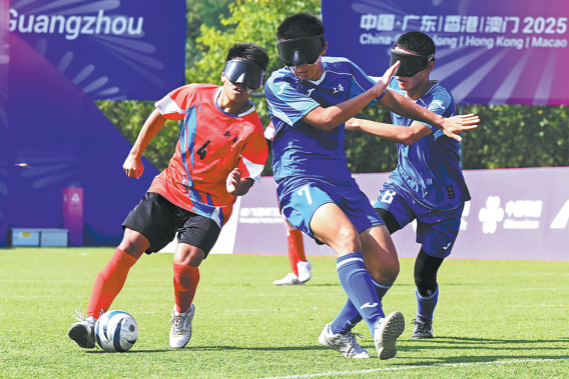Global COVID-19 responses: 'Zero COVID-19 Case Policy' vs. 'Coexisting with COVID-19 Policy'

(2) A drop in the number of health care workers
A drop in the number of medical staff caused by infections is another feature in this pandemic.
In the early stage of the outbreak, countries lacked knowledge of the coronavirus transmission, and medical staff faced a huge risk of infection due to the shortage of protective resources such as masks, protective clothing, and negative pressure wards. Those factors made testing, sampling, intubation, and other medical practices that are inherently at risk of exposure even more dangerous. As a result, countries have seen a significant decrease in the number of medical staff caused by infections, which also overstretched the medical system.
Infections not only happen in the treatment process. In this March, the extensive isolation and infection resulted from a dinner party attended by trainee doctors from Keio University Hospital also dealt a major blow to the already scarce medical workforce in Tokyo[7].
According to the International Council of Nurses (ICN), data reported by 30 countries showed that at least 90,000 health care workers had been tested positive for COVID-19 as of May 6. By May 5, Spain had 43,956 health care workers infected (accounting for 18% of the country's total infections) and Italy had 19,942 medical staff tested positive for coronavirus, among which 150 physicians and 35 nurses died of the disease.
By Sept. 16, ICN said nearly 3 million health care workers might have infected with the novel coronavirus[8].
From January to June, 48 hospitals in Tokyo have reported HAIs which caused 889 infections among physicians, nurses and patients, and 140 of them had died of the disease. Those infections accounted for 14% of the total number of people who had coronavirus in Tokyo at that time, and the number of deaths resulted from such infections accounted for 43% of the total COVID-19 death toll in the same period. HAIs could not only weaken the medical system, but also lead to new infections among those who have underlying conditions, resulting in a higher infection fatality rate.
Even until October, HAIs were still frequently reported in Tokyo. For example, a hospital in Adachi confirmed on Oct. 15 that 39 patients and 12 staff have infected with coronavirus. A hospital in Nerima also reported 58 new infections, in which 23 were patients.
The super-transmissible coronavirus has severely threatened the safety of medical staff and weakened medical capabilities, resulting in the collapse of the medical system. Therefore, it is critical to avoid HAIs during the fight against COVID-19.
(3) A serious shortage of hospital beds
Since the COVID-19 outbreak, countries have experienced a shortage of medical supplies such as face masks, protective clothing, disinfectant, test kits, ventilators, extracorporeal membrane oxygenation (ECMO) machines, and especially, hospital beds. COVID-19 patients are required to be treated under quarantine to curb the spread of the super-transmissible coronavirus, and severe cases should be treated in intensive care units (ICUs), but hospitals have been in serious shortage of beds in general.
There are up to 13.1 hospital beds per 1,000 people in Japan, the highest in the world. For Tokyo, a city with a total of 128,000 hospital beds, the figure is 9.3. Even so, it already saw a severe shortage of hospital beds during the first COVID-19 outbreak.
In contrast to Tokyo, for every 1,000 people, Italy has a high number of doctors but only 3.1 beds, the US has only 2.9 beds, and New York has only 2.6, which is even lower than the national average. Obviously, inadequate hospital beds have become a bottleneck that restricts medical institutions from receiving patients and hinders timely treatment.
The figure in China is 4.3, a quarter of that of Japan but higher than that of the US and Italy. Wuhan, in particular, has 95,000 beds, or 8.6 beds per 1,000 people, almost as high as that of Tokyo, but it still suffered from a serious shortage of hospital beds in the early stage of the outbreak.
Another problem is that not all hospital beds are qualified for receiving COVID-19 patients for isolation, and the scramble for medical resources has made the bed shortage even more prominent.
- Reform, human rights protection go hand-in-hand for China, report finds
- China sends remote-sensing satellite into orbit
- China surpasses childcare goal ahead of schedule
- China rolls out 2-ton unmanned cargo plane
- China begins trial of faster, more detailed AI dust forecasting system
- Innovation hailed as key to success for Guangdong's fishing industry



































